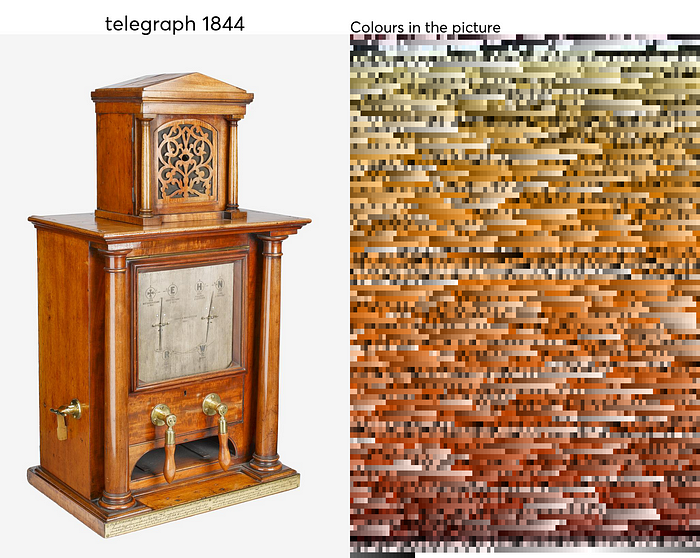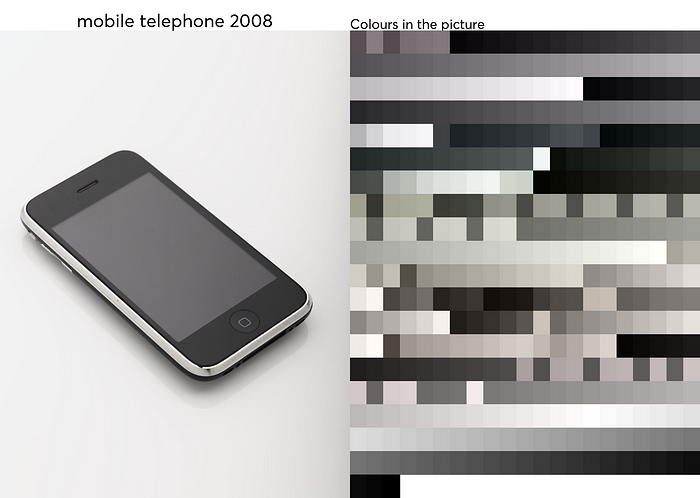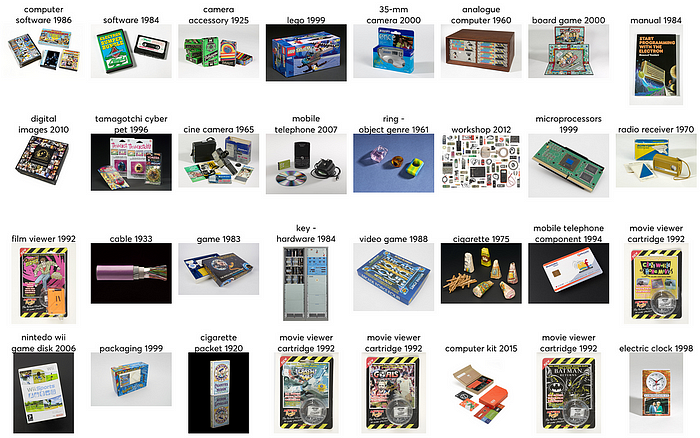

Why is the world losing color?
source link: https://uxdesign.cc/why-is-the-world-losing-color-56f740f465d4
Go to the source link to view the article. You can view the picture content, updated content and better typesetting reading experience. If the link is broken, please click the button below to view the snapshot at that time.

Why is the world losing color?
The age of productivity, minimalism, and monochromatic color schemes.
Comparison of a mall parking lot in the 80s (more colorful cars) vs current day parking lot (more black & white cars). Source: https://twitter.com/culturaltutor/status/1672646124799180802
Are we losing color in our world? As odd as this question may seem, a closer look at the color choices in various industries from cars to fashion, consumer electronics, and architecture reveals an intriguing trend toward monochromatic palettes. Could this perceived loss of color be indicative of a broader cultural shift towards productivity and efficiency?
Vibrant hues seem to be gradually disappearing, replaced by colors black, white, and shades of gray.
This begs the question, is our world losing its color? What might be driving this cultural shift?
In what way is the world losing color?
Over the past few decades, there has been a notable gravitation towards neutral colors across multiple industries. In 2020, researchers at the UK’s Science Museum Group analyzed the colors in over 7,000 photographs of everyday objects in their collection dating from 1800 to the present day.



The results were striking as beginning around 1900, the color palette of these objects grew progressively more gray and less diverse over time.
This trend is echoed across various sectors ranging from the auto industry to consumer electronics.
Source:https://twitter.com/culturaltutor/status/1551976057544351750/photo/1
Consider the automobile industry. Leading paint suppliers like Axalta and PPG Industries consistently note a consumer preference for white, black, and gray vehicles in their annual reports. White has been the top choice globally for several years running.
Recommend
-
 12
12
Why the UK risks losing its fintech crown to Bahrain Does the slow pace of UK fintech regulation mean we’re falling behind new challenger hubs like Bahrain?
-
 5
5
Here’s why Institutions are slowly losing confidence in BitcoinOver the last several months, a common narrative that has been forced into the minds of almost every crypto investor is the idea that institutional i...
-
 4
4
-
 8
8
Social Media
-
 12
12
5 Reasons Why Netflix Is Losing Subscribers By Gabriela Vatu Published 2 hours ago Netflix has lost subscribers for th...
-
 8
8
Why Netflix is suddenly losing subscribers Reed Hastings used to have streaming to himself. That’s over now. By...
-
 8
8
TechAnother 'algorithmic' stablecoin has fallen below its $1 peg — but experts say i...
-
 6
6
The Chess World Is Absolutely Losing It Over Cheating Allegations After Massive Upset31-year-old Norwegian chess grandmaster Magnus Carlsen wasn’t supposed to lose to Hans Niemann. Until he did.
-
 4
4
Are We Losing Color? All Logos Are Starting To Look The Same. – PRINT Magazine Skip to content...
About Joyk
Aggregate valuable and interesting links.
Joyk means Joy of geeK